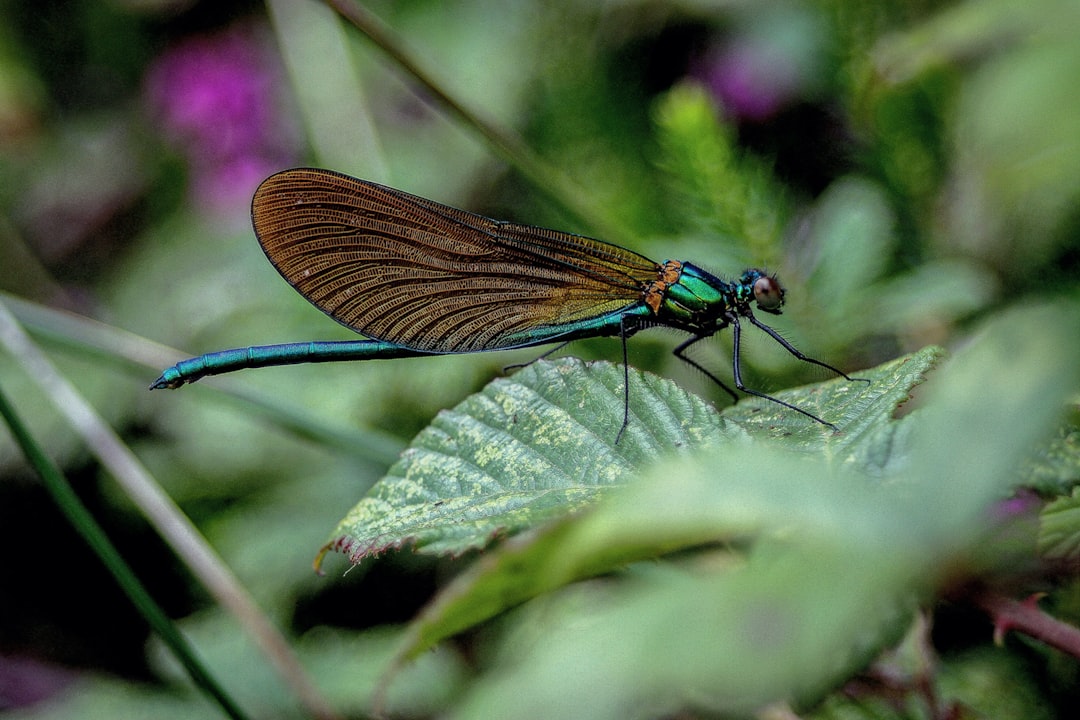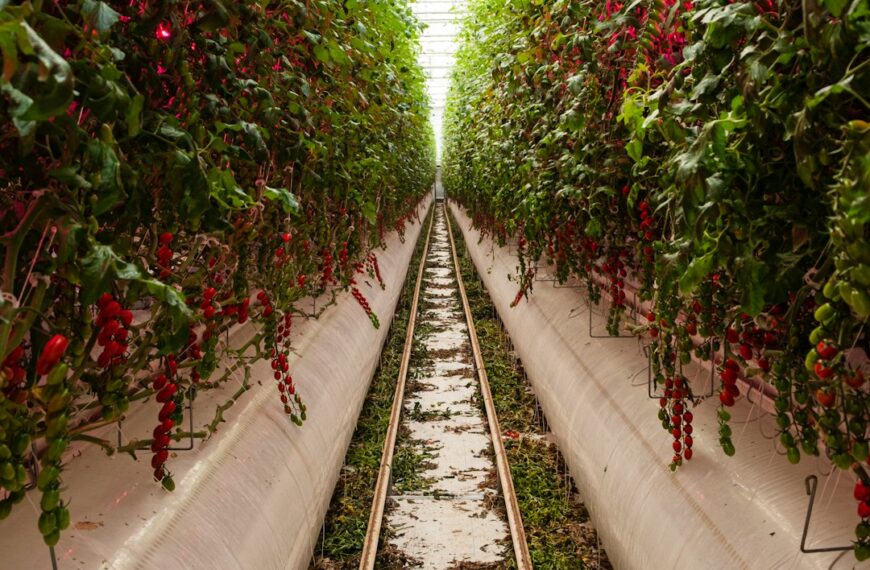The planet is facing a biodiversity crisis, often referred to as the Sixth Extinction. Human activity – habitat destruction, climate change, pollution, and overexploitation – is driving species to extinction at an alarming rate, far exceeding natural background extinction rates. While conservation efforts are crucial, they might not be enough to save all threatened species. This is where biotechnology steps in, offering a potential “Noah’s Ark” for the future of biodiversity.
Biotechnology isn’t a magic bullet, but it provides a powerful toolkit to help address the challenges of the biodiversity crisis. Several promising technologies are being explored, offering solutions that range from preserving genetic material to actively restoring populations.
One key area is cryopreservation. This involves freezing genetic material, such as sperm, eggs, or embryos, at extremely low temperatures to preserve it for long periods. This technique is already used for many endangered species, creating a “frozen zoo” of genetic diversity that can be used for future breeding programs or even gene editing. Think of it as an insurance policy against extinction, safeguarding valuable genetic resources.
Another emerging technology is genome editing. Techniques like CRISPR-Cas9 allow scientists to precisely modify an organism’s genes. This could be used to enhance the resilience of threatened species to diseases or environmental stressors, or to correct genetic defects that threaten their survival. However, the ethical implications of gene editing in wild populations need careful consideration and regulation.
Beyond gene editing, assisted reproductive technologies (ART) are also playing a critical role. ART techniques, like in vitro fertilization (IVF), can be used to increase the breeding success of endangered species, particularly those with low reproductive rates or difficulty breeding in captivity. These methods help to boost population numbers and enhance genetic diversity.
De-extinction, while still largely conceptual, is another area of active research. Using ancient DNA and advanced cloning techniques, scientists are exploring the possibility of resurrecting extinct species. While the challenges are significant, successful de-extinction could help restore ecosystems and provide valuable insights into evolutionary processes. However, concerns about ethical implications, resource allocation, and potential ecological disruptions need careful consideration.
It’s important to note that biotechnology is not a replacement for traditional conservation efforts. Protecting habitats, combating pollution, and mitigating climate change remain crucial priorities. Biotechnology should be viewed as a supplementary tool, providing innovative solutions to complement and enhance existing conservation strategies. We need a multifaceted approach, combining effective conservation with the responsible application of biotechnology, to prevent further biodiversity loss and safeguard the planet’s incredible biological wealth for future generations. The future of biodiversity might depend on it.










